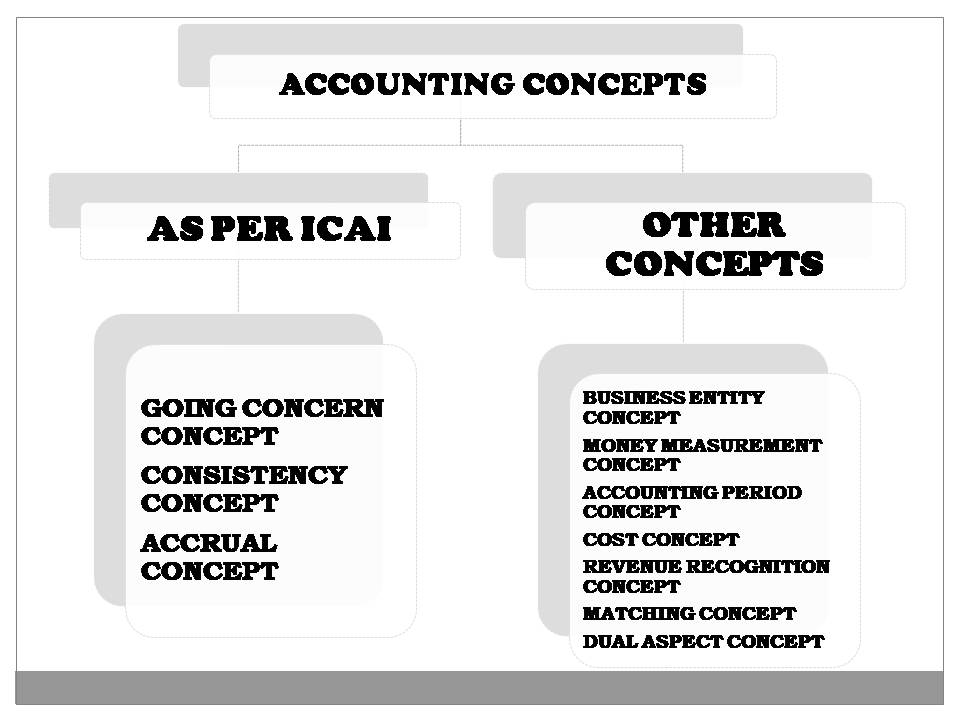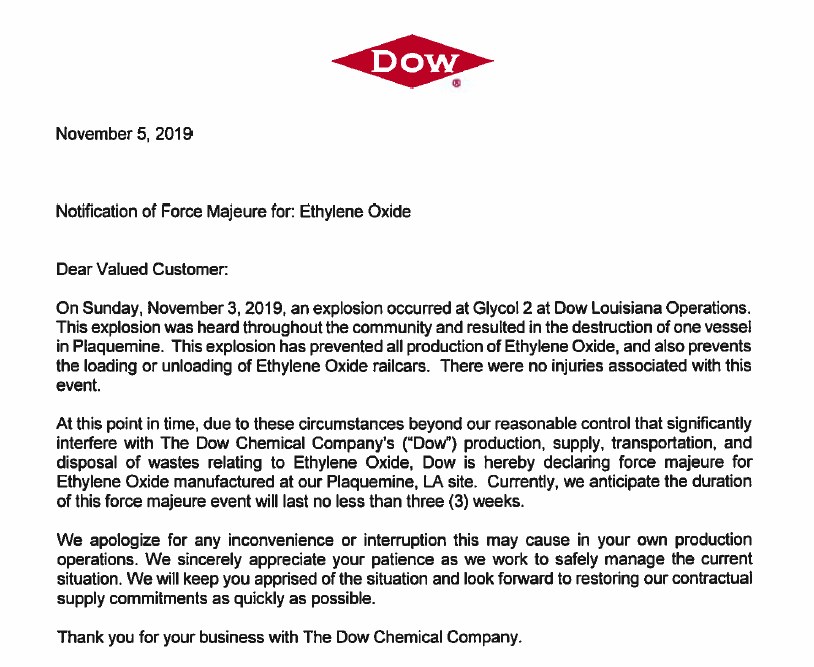
Unlike the other methods, the units of production depreciation method does not depreciate the asset based on time passed, but on the units the asset produced throughout the period. This method is most commonly used for assets in which actual usage, not the passage of time, leads to the depreciation of the asset. Depreciation expense allocates the cost of a company’s asset over its expected useful life. The expense is an income statement line item recognized throughout the life of the asset as a “non-cash” expense. Depreciation is a way to account for the reduction of an asset’s value as a result of using the asset over time. Depreciation generally applies to an entity’s owned fixed assets or to its leased right-of-use assets arising from lessee finance leases.
Why is accumulated depreciation a credit balance? – Investopedia
Why is accumulated depreciation a credit balance?.
Posted: Sat, 25 Mar 2017 19:52:45 GMT [source]
When recording depreciation in the general ledger, a company debits depreciation expense and credits accumulated depreciation. Depreciation expense flows through to the income statement in the period it is recorded. Accumulated depreciation is presented on the balance sheet below the line for related capitalized assets. The accumulated depreciation balance increases over time, adding the amount of depreciation expense recorded in the current period. For example, suppose a business has a piece of machinery with a cost of $50,000, the useful life of five years, and no salvage value.
Calculating and recording depreciation is important
This, in turn, helps businesses to make informed decisions about investments, expansions, and other financial activities. As said in the introduction, depreciation is an accounting concept used to describe the decrease in the value of a fixed asset over time due to the asset being used, becoming outdated, or simply aging. Assets that are commonly subject to depreciation include buildings, machinery, equipment, vehicles, and furniture. So, the company will record depreciation expense of $7,000 annually over the useful life of the equipment. The term “double-declining balance” is due to this method depreciating an asset twice as fast as the straight-line method of depreciation.
It provides a clear and concise overview of the cash position of the business and helps to ensure that there is enough cash available to cover expenses and investments. By monitoring cash flow on a daily basis, businesses can make informed decisions accumulated depreciation journal entry about their operations and financial strategies and ensure their long-term financial stability and planning. Recording depreciation accurately is essential for business accounting, as it accurately represents the value of their assets over time.

In conclusion, accurate recording of depreciation is essential for businesses to provide accurate financial statements and tax returns. By following the guidelines for calculating depreciation and recording depreciation journal entries, businesses can ensure that their financial statements accurately reflect the true value of their assets. This, in turn, provides stakeholders with the information they need to make informed decisions about the business.
Instead, the balance sheet might say “Property, plant, and equipment – net,” and show the book value of the company’s assets, net of accumulated depreciation. In this case, you may be able to find more details about the book value of the company’s assets and accumulated depreciation in the financial statement disclosures. The SYD method of depreciation is useful because it may provide a more accurate representation of the true decrease in the value of the asset over time. However, it can be more complicated to calculate than the straight-line method and may not be appropriate for all types of assets.
How to Reduce Depreciation & Amortization Expense
If this allocation is not made, the income statement will reflect a higher income or lower loss. A lorry costs $4,000 and will have a scrap value of $500 after continuous use of 10 years. This means that the cost of $3,500 ($4,000 – $500) is to be allocated as an expense over 10 years.
Therefore, there would be a credit to the asset account, a debit to the accumulated depreciation account, and a gain or loss depending on the fair value of the asset and the amount received. The units of production depreciation method is useful when calculating depreciation for a piece of equipment or machinery whose useful life is based on the number of units it will produce rather than a specific number of years. Depreciation and a number of other accounting tasks make it inefficient for the accounting department to properly track and account for fixed assets. They reduce this labor by using a capitalization limit to restrict the number of expenditures that are classified as fixed assets. The accounting for depreciation requires an ongoing series of entries to charge a fixed asset to expense, and eventually to derecognize it. Each year as the accumulated depreciation increases, the book value of the fixed asset decreases until the book value is zero.
Example: Depreciation
This will reduce the asset’s balance sheet carrying cost and help ensure that the company pays taxes on profits based on current values, not inflated ones from when the asset was first acquired. In essence, Accumulated Depreciation helps businesses maintain accurate financial books and pay only what is owed in taxes. An adjusting entry for depreciation expense is a journal entry made at the end of a period to reflect the expense in the income statement and the decrease in value of the fixed asset on the balance sheet. The entry generally involves debiting depreciation expense and crediting accumulated depreciation. If you’re lucky enough to use an accounting software application that includes a fixed assets module, you can record any depreciation journal entries directly in the software. In many cases, even using software, you’ll still have to enter a journal entry manually into your application in order to record depreciation expense.
- The accumulated depreciation balance increases over time, adding the amount of depreciation expense recorded in the current period.
- This shows the asset’s net book value on the balance sheet and allows you to see how much of an asset has been written off and get an idea of its remaining useful life.
- If you’re using the wrong credit or debit card, it could be costing you serious money.
- An adjusting entry for depreciation expense is a journal entry made at the end of a period to reflect the expense in the income statement and the decrease in value of the fixed asset on the balance sheet.
The IRS may audit businesses to ensure that they are complying with the guidelines for calculating depreciation and recording depreciation expenses. Failure to comply with the guidelines can result in penalties and fines, which can be costly for businesses. In accounting, an asset is depreciated to recognize the decline in value over its service life and production activity. Depreciation expense is calculated using various methods, such as the straight-line or declining balance method.
Overview of depreciation calculation methods
The asset account is reduced by the accumulated depreciation account, reflecting the true value of the asset on the balance sheet. Depreciation is a term used in accounting to describe the decrease in the value of an asset over time. When a business acquires an asset such as machinery, buildings, or equipment, they expect that these assets will lose value over time due to usage or becoming outdated. To reflect the decrease in the value of an asset, businesses use depreciation to record journal entries accurately. A depreciation journal entry records the current depreciation amount as a debit to a Depreciation expense account and a credit to an Accumulated Depreciation contra-asset account. We credit the accumulated depreciation account because, as time passes, the company records the depreciation expense that is accumulated in the contra-asset account.

Compared with the straight-line method, it doubles the amount of depreciation expense you can take in the first year. This method requires you to assign each depreciated asset to a specific asset category. Remember that depreciation rules are governed by the IRS, and the method you choose to depreciate your assets will directly affect year-end taxes, so choose wisely. The method currently used by the IRS is the Modified Accelerated Cost Recovery System (MACRS).
Example of the Depreciation Entry
At the end of the year, Company A uses the straight-line method to calculate the depreciation for the van, arriving at an annual expense of $2,000 ($20,000 purchase price / 10 years of useful life). Outside of the accounting world, depreciation means the decline in value of an item after purchase. In accounting, depreciation is the process of allocating the cost of an item over its anticipated useful life. This helps to ensure that company revenues are matched with the costs of assets used by a company to generate that revenue.

The purpose of the journal entry for depreciation is to achieve the matching principle. In each accounting period, part of the cost of certain assets (equipment, building, vehicle, etc.) will be moved from the balance sheet to depreciation expense on the income statement. The goal is to match the cost of the asset to the revenues in the accounting periods in which the asset is being used. Prior to recording a journal entry, be sure that you have created a contra asset account for your accumulated depreciation, which will be used to track your accumulated depreciation expense entries to date.
Sum-of-the-years’-digits depreciation method
Fixed assets are purchases your company makes that add value to the business and that help your company make money. Accumulated depreciation is a real account (a general ledger account that is not listed on the income statement). The balance rolls year-over-year, while nominal accounts like depreciation expense are closed out at year end. When fixed assets are acquired for use in a business, they are usually useful only for a limited period.
Accumulated depreciation refers to the life-to-date depreciation that has been recognized that reduces the book value of an asset. On the other hand, accelerated depreciation refers to a method of depreciation where a higher amount of depreciation is recognized earlier in an asset’s life. The income statement records the depreciation expense as an operating expense, reducing the net income of the business. The depreciation expense is recorded in the income statement in the period in which it is incurred, reflecting the decrease in the asset’s value during that period. The declining balance method is another method for calculating depreciation, and it is also known as the reducing balance method.
The depreciation journal entry significantly impacts a business’s financial statements, affecting both the income statement and the balance sheet. It provides a higher depreciation expense in the early years of the asset’s life, which may better reflect the actual decrease in value. The Internal Revenue Service (IRS) requires businesses to record depreciation expenses in their tax returns. The IRS recognizes that some assets lose value over time and, therefore, allows companies to take a tax deduction for this decrease in value. This deduction reduces the business’s taxable income, resulting in a lower tax liability. In this instance, the company recalculates the straight-line depreciation expense using the current net book value of the asset minus the $30,000 salvage value divided by the updated number of years of life remaining.
Instead, accumulated depreciation is the way of recognizing depreciation over the life of the asset instead of recognizing the expense all at once. The equipment is going to provide the company with value for the next 10 years, so the company expenses the cost of the equipment over the next 10 years. Straight-line depreciation is calculated as (($110,000 – $10,000) / 10), or $10,000 a year.